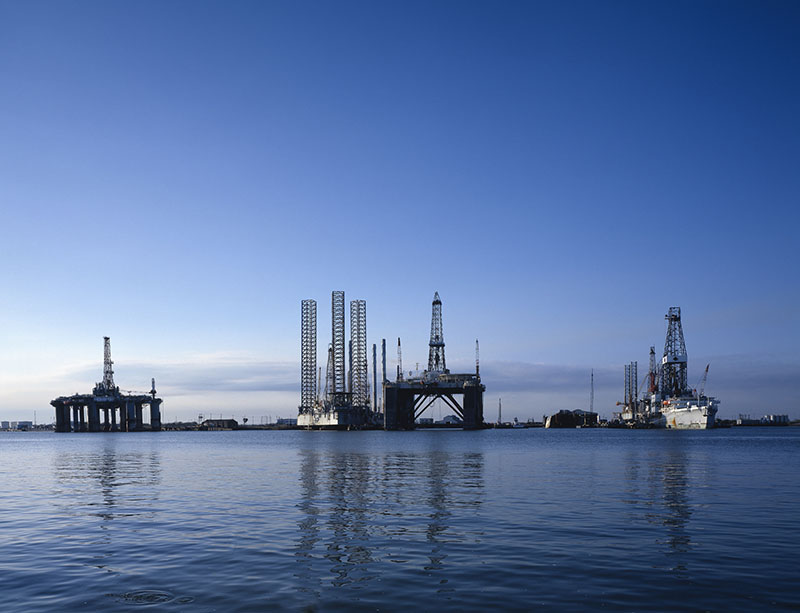Last week was a tough one for crude oil prices. They fell by 7% and are now below $50 bbl., the magic number that drives oil companies to spend more money. It wasn’t very long ago that oil prices were firmly planted in the $40s as concerns about the oil glut not disappearing fast enough grew amid weekly inventory reports showing supplies growing rather than shrinking.
To counteract that narrative, OPEC launched a public relations offensive to demonstrate high compliance with the November 2016 production cut agreement among members. (The organization has glossed over the fact that cuts agreed to by key non-OPEC exporters have been slower to materialize, noting that these countries always said that it would take time for them to meet their goals.) With inventory data suddenly turning bullish, a rally in crude oil futures drove prices to the mid-$50s bbl. The good times were saved!
As oil prices started slipping early last week, OPEC officials cranked the PR machine up again, saying that a preliminary agreement among leading Gulf producers to extend the production cuts had already been reached ahead of the May 25 organizational meeting. The only doubt was whether producers would commit for another six months or for only three.
The news on extended cuts came as the International Monetary Fund (IMF) announced a boost in global economic growth projections, the engine of oil demand. The IMF now predicts global growth of 3.5% in 2017, up from 3.1% recorded for 2016. The IMF sees 2018 growth being 3.6%. The key consideration involves more growth from the world’s advanced economies, such as the U.S., Japan and Europe, all significant energy consumers.
With oil prices sitting about 50 cents below the magical $50-bbl. level, producers are unlikely to adjust their spending plans. That’s both good and bad, but in reality, the pace of the oilfield recovery onshore is operating at about maximum speed. Offshore remains a different story, and timing has worked against it. The lift to oil prices from the production cuts announced last year came too late in company planning cycles to allow any major boost in offshore spending for 2017. If oil prices stabilize in the range of $50 bbl., oil company confidence will grow. With offshore breakeven prices dropping, more projects are now competitive with onshore shale developments. As a result, we can expect to hear about more offshore project final investment decisions being made as we move into the summer.
While there will likely not be many additional rigs put to work in the coming months, the future of the recovery is becoming clearer. Next year will likely see the first small increase in offshore activity, and 2019 should produce not only additional work, but better pricing for rigs, boats and services. The world will need more offshore oil in the future and the major oil companies know this. They also know that cost reductions have about run their course and little more will be accomplished by beating up suppliers except the destruction of more of the service support needed to harvest the offshore prospects the companies have accumulated. From neutral into first, the industry’s gears are being shifted, and the forward momentum will begin to build.




